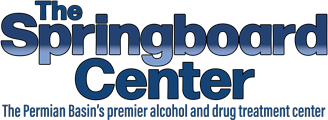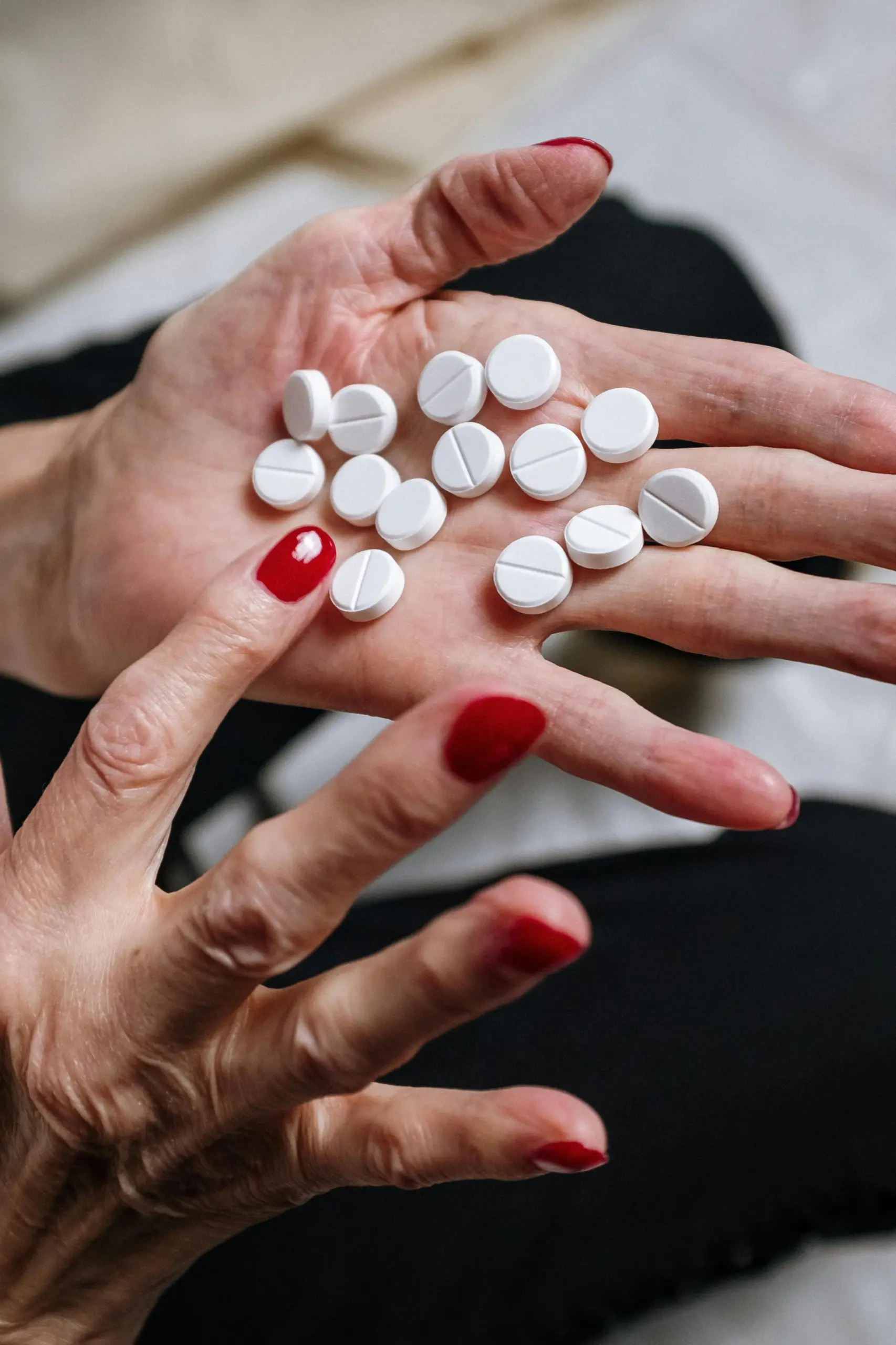Diazepam overdoses can happen faster than you think, and recognizing the warning signs could mean the difference between life and death.
This prescription medication, commonly known as Valium, helps treat anxiety and seizures when used properly. However, taking too much can quickly become life-threatening.
Understanding diazepam overdose symptoms could save someone’s life – maybe even your own. Whether the overdose happens by accident or intentionally, knowing what to watch for gives you precious time to get help. The signs aren’t always obvious at first, but they become more dangerous as time passes without treatment.
Related: Addiction vs Dependence: Why These Terms Aren’t Interchangeable
What Are the Physical Signs of Diazepam Overdose
Physical symptoms appear first during a diazepam overdose. These warning signs affect vital body systems and require immediate attention.
Respiratory Depression and Breathing Changes
Breathing problems are among the most serious diazepam overdose symptoms. The drug slows down your central nervous system, which controls breathing. You might notice shallow, slow breathing that seems labored or difficult.
Breathing rates vary between individuals, but during an overdose, breathing can become dangerously slow or irregular. The person might pause between breaths for longer periods than normal. Their lips or fingernails may turn blue, showing they’re not getting enough oxygen.
Respiratory depression can happen gradually or suddenly. It’s often the cause of death in diazepam overdoses, making it the most important symptom to watch for.
Cardiovascular System Warning Signs
Heart problems develop as diazepam overdose symptoms worsen. The medication affects blood pressure and heart rhythm in dangerous ways. You might notice a weak, slow pulse that’s hard to find or feel.
Blood pressure often drops significantly during an overdose. This causes dizziness, fainting, or inability to stand up. The person’s skin may feel cold and clammy to the touch. Their faces might look pale or have a grayish color.
Heart rate changes can be subtle at first but become more noticeable as the overdose progresses. Some people experience irregular heartbeats alongside the slower rate.
Neurological Physical Symptoms
The nervous system shows clear signs during a diazepam overdose. Muscle weakness often appears early, making it hard for the person to support their own weight. They might seem floppy or unable to hold their head up properly.
Reflexes become extremely slow or disappear completely. You can test this by tapping their knee or elbow – normal reflexes won’t respond during an overdose. Their pupils may appear very small, though this isn’t always reliable since other factors can affect pupil size.
Seizures can occur in severe cases, especially if the person has been taking diazepam for seizure control. This creates a dangerous cycle where the medication meant to prevent seizures actually causes them through overdose.
How to Identify Behavioral Changes During Diazepam Overdose

Diazepam overdose behavior changes are often the first signs family members notice. These symptoms affect how the person acts and responds to their surroundings.
Extreme Drowsiness and Confusion Patterns
Severe drowsiness goes beyond normal tiredness from taking medication. The person becomes extremely difficult to wake up or keep awake. They might fall asleep while standing, eating, or talking.
Confusion appears as disorientation about time, place, or people. They may not recognize family members or forget where they are. Simple questions become impossible to answer correctly. Their responses might not make sense or seem completely unrelated to what you asked.
This level of drowsiness combined with confusion indicates the medication has reached dangerous levels in their system. The person loses the ability to make safe decisions about their own care.
Loss of Coordination and Motor Control
Balance problems become obvious as diazepam overdose symptoms progress. The person stumbles, sways, or falls even when sitting down. They can’t walk in a straight line or perform simple tasks that require coordination.
Fine motor skills deteriorate rapidly. Writing becomes illegible, and they may drop things frequently. Buttoning clothes, using utensils, or picking up small objects becomes nearly impossible.
Gross motor control also suffers. They might not be able to sit up straight without support or hold their head in a normal position. These coordination problems increase the risk of dangerous falls and injuries.
Speech and Communication Difficulties
Speech changes are clear indicators of diazepam overdose symptoms. Words become slurred and difficult to understand, similar to alcohol intoxication but often more severe. The person speaks much slower than normal, with long pauses between words.
They may repeat themselves or lose track of what they were saying mid-sentence. Conversations become one-sided because they can’t follow or respond appropriately to what others say.
Some people become completely non-verbal during an overdose. They might respond to their name or simple commands, but they can’t form words or communicate their needs. This makes it impossible for them to ask for help or explain how they feel.
Why Diazepam Toxicity Signs Develop in the Body
Understanding how diazepam toxicity signs develop helps explain why overdoses can be so dangerous and unpredictable.
How the Drug Accumulates in Your System
Diazepam has a very long half-life, meaning it stays in your system for days or even weeks. Each dose adds to what’s already there, creating a buildup effect over time. This is why people can overdose even when taking their prescribed amount.
The medication gets stored in fat tissue and slowly releases back into your bloodstream. This process continues long after you stop taking pills. People with higher body fat percentages may experience longer-lasting effects and increased overdose risk.
Your liver processes diazepam, but it can only handle so much at once. When you take more than your liver can process, dangerous levels build up quickly. Age, liver disease, and other medications can slow this processing even more.
Individual Tolerance and Sensitivity Factors
Everyone responds differently to diazepam based on their unique body chemistry. Older adults are particularly sensitive because their bodies process medications more slowly. They may show diazepam overdose symptoms at doses that wouldn’t affect younger people.
Body weight plays a role, but it’s not the only factor. Some people have genetic differences that make them process the drug differently. These individuals might overdose on what seems like a normal dose for their size.
Previous medication use affects sensitivity too. People who haven’t taken benzodiazepines before are more likely to overdose than those with established tolerance. However, long-term users can also overdose if they increase their dose or take medications inconsistently.
Interaction Effects with Other Substances
Diazepam becomes much more dangerous when combined with other substances. Alcohol is the most common and deadly combination. Both substances slow down your central nervous system, creating multiplied effects that can quickly become fatal.
Other prescription medications can also interact dangerously with diazepam. Pain medications, sleep aids, and certain antidepressants all increase overdose risk. Even over-the-counter medications like antihistamines can make diazepam more potent.
Illegal drugs create unpredictable and extremely dangerous interactions. The combination of diazepam with opioids is particularly lethal because both drugs suppress breathing. Many overdose deaths involve multiple substances rather than just one drug alone.
When Diazepam Overdose vs. Alcohol Overdose Symptoms Overlap

Diazepam overdose vs. alcohol overdose symptoms share many similarities because both substances affect your central nervous system in comparable ways.
Similar Central Nervous System Depression
Both substances cause similar drowsiness, confusion, and coordination problems. This overlap makes it difficult to determine which substance caused the overdose without knowing what the person took. Both can cause respiratory depression and loss of consciousness.
The timeline of symptoms may differ slightly. Alcohol overdose symptoms often develop more quickly, while diazepam effects can build gradually over hours. However, this difference isn’t reliable enough to depend on during an emergency.
Both substances impair judgment and decision-making abilities. The person may not realize they’re in danger or may make poor choices that worsen their condition. This similarity makes both types of overdose equally dangerous in terms of the person’s ability to seek help.
Dangerous Combined Effects and Risks
When diazepam and alcohol are used together, the effects of diazepam overdose symptoms become much more severe and unpredictable. The combination creates what medical professionals call “synergistic effects” – meaning the total impact is greater than the sum of individual effects.
Respiratory depression becomes the primary concern with combined use. Both substances slow breathing independently, but together they can stop breathing entirely. This makes the combination far more likely to be fatal than either substance alone.
Blood pressure and heart rate changes also become more extreme. The combined cardiovascular effects can lead to shock, heart failure, or dangerous irregular heartbeats. Recovery becomes more complicated because medical teams must address multiple substances simultaneously.
Key Differences That Help Identify the Cause
Despite similarities, some differences can help distinguish between these overdoses. Alcohol typically causes more obvious changes in behavior and speech before physical symptoms become severe. Diazepam overdose symptoms often include more pronounced muscle weakness and loss of reflexes.
The smell of alcohol on the person’s breath or clothing provides an obvious clue, though this doesn’t rule out combined use. Diazepam doesn’t have a distinctive odor, making it harder to detect without direct knowledge of what the person took.
Recovery patterns also differ. Alcohol overdose symptoms may improve more quickly with supportive care, while diazepam effects can last for days. However, these differences only matter after emergency treatment begins – never wait to see which pattern develops before seeking help.
What Determines How Much Diazepam Is Too Much
Understanding dangerous dosage levels helps prevent accidental overdoses and recognize when someone needs immediate medical attention.
Standard Therapeutic Doses vs. Dangerous Levels
Diazepam doses vary based on individual medical needs and doctor recommendations. How much diazepam is too much depends on many personal factors including age, weight, and overall health condition.
The difference between a therapeutic dose and a dangerous dose can be surprisingly small. This narrow margin of safety makes accidental overdose more likely than with many other medications. Even taking more than prescribed can cause serious problems for some people.
Factors That Lower Your Overdose Threshold
Several conditions make people more sensitive to diazepam and increase overdose risk at lower doses. Age is a major factor – adults over 65 process the medication much more slowly and may overdose on standard adult doses.
Liver disease significantly increases overdose risk because the liver can’t break down the medication effectively. Kidney problems also affect how the body eliminates the drug. Sleep apnea or other breathing disorders make respiratory depression more likely and more dangerous.
Mental health conditions requiring multiple medications create interaction risks that lower the overdose threshold. Depression, anxiety disorders, and other conditions often require several medications that can interact with diazepam in dangerous ways.
Accidental Overdose Risk Situations
Many diazepam overdoses happen accidentally when people forget they’ve already taken their medication. The sedating effects can cause memory problems that lead to repeated dosing. This is especially common in older adults or people with dementia.
Medical detox programs often see patients who accidentally overdosed while trying to manage withdrawal symptoms from other substances. The desperation to feel better can lead to taking more medication than prescribed or mixing substances dangerously.
Prescription changes create another risk period. When doctors adjust doses or switch medications, patients may continue taking old prescriptions alongside new ones. Communication problems between healthcare providers can result in dangerous medication combinations.
Where to Find Emergency Treatment for Diazepam Overdose
Knowing how to respond quickly to diazepam overdose symptoms can save someone’s life. Emergency treatment for diazepam overdose requires professional medical care – home remedies are not safe or effective.
Immediate Medical Response Steps to Take
Call 911 immediately if you suspect a diazepam overdose. Don’t wait to see if symptoms improve or try to wake the person up first. Time is critical, and professional help gives the best chance of recovery.
Stay with the person until help arrives. Keep them on their side to prevent choking if they vomit. Don’t try to make them throw up or give them anything to eat or drink. If they stop breathing, begin CPR if you know how.
Gather any medication bottles or information about what the person took. This helps emergency responders provide appropriate treatment more quickly. Include prescription medications, over-the-counter drugs, alcohol, and any illegal substances if you know about them.
Hospital Treatment and Monitoring Procedures
Emergency rooms have specific protocols for treating diazepam overdoses. Medical staff will immediately assess breathing, heart rate, and blood pressure. They may provide oxygen support or breathing assistance if needed.
Flumazenil is an antidote that can reverse some effects of diazepam overdose symptoms. However, doctors use it carefully because it can cause seizures in people who take diazepam regularly. Not everyone receives this medication – it depends on individual circumstances.
Supportive care focuses on maintaining vital functions while the body processes the medication. This may include IV fluids, heart monitoring, and breathing support. Our residential program staff often work with hospitals to coordinate care for patients with substance use disorders.
Long-term Medical Care Requirements
Recovery from serious diazepam overdose may require extended hospital stays for monitoring. The medication’s long half-life means effects can last for days, requiring ongoing medical supervision to ensure complete recovery.
Some people experience complications that require specialized treatment. These might include lung problems from breathing difficulties, heart rhythm issues, or injuries from falls during the overdose. Each complication requires specific medical care.
Mental health evaluation is often part of the recovery process, especially if the overdose was intentional. Family program services help loved ones understand and support recovery while addressing their own trauma from the experience.
How Diazepam Overdose Recovery Happens
Diazepam overdose recovery involves both immediate medical treatment and long-term care to prevent future incidents.
Physical Healing Timeline and Expectations
Physical recovery from diazepam overdose symptoms typically takes several days to weeks, depending on the severity. The first 24-48 hours are most critical for monitoring vital signs and preventing complications. During this time, medical supervision is essential.
Lingering effects may persist for days after the acute danger passes. These can include fatigue, confusion, memory problems, and coordination difficulties. Some people feel weak or unsteady for a week or more after overdose.
Complete physical recovery usually occurs within 2-4 weeks for most people. However, those with underlying health conditions or severe overdoses may need longer recovery periods. Age and overall health significantly affect recovery speed.
Addressing Underlying Addiction Issues
Many diazepam overdoses indicate underlying prescription drug addiction that requires professional treatment. Outpatient program services provide structured support while allowing people to maintain work and family responsibilities.
Prescription drug addiction often develops gradually, making it hard to recognize until a crisis occurs. People may start taking medication as prescribed but gradually increase doses or frequency without medical approval. This pattern can lead to physical dependence and overdose risk.
Treatment addresses both the physical aspects of addiction and the underlying reasons people began misusing medication. Anxiety, chronic pain, trauma, and other conditions often contribute to prescription drug misuse and require comprehensive care.
Preventing Future Overdose Situations
Education about safe medication use is crucial for preventing future diazepam overdose symptoms. This includes understanding proper dosing, recognizing early warning signs of problems, and knowing when to seek medical help.
Medication management strategies help people take prescriptions safely. These might include pill organizers, smartphone reminders, or family member assistance with medication administration. Sober living facility programs often teach these practical skills.
Regular medical monitoring allows doctors to adjust prescriptions before problems develop. This includes periodic reviews of all medications, discussion of side effects, and assessment of continued need for the prescription. Open communication with healthcare providers prevents many accidental overdoses.
Get Compassionate Treatment at The Springboard Center
If you or a loved one is struggling with diazepam addiction, professional treatment can provide the support and medical care needed for safe recovery. The Springboard Center offers comprehensive addiction treatment programs designed to address prescription drug dependency with compassion and evidence-based care.
Many people start taking medication for legitimate medical reasons but find themselves unable to stop safely. We provide rehab in Midland Texas with specialized programs that address both the physical and emotional aspects of prescription drug dependency. Our evidence-based treatment approaches help people break free from prescription drug dependence while learning healthy coping strategies for the future.
Don’t wait until another overdose to seek help. Contact us today to learn more about our treatment programs and take the first step toward lasting recovery. Visit The Springboard Center to begin your journey toward healing and hope.




